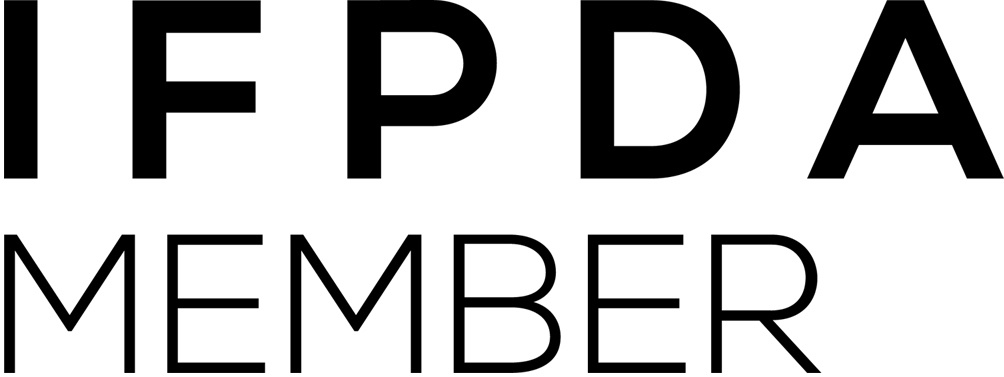Catharine Armitage
Catharine Armitage was born in Surrey, the fifth of seven children to Monica Fennell and James Armitage, an Anglican priest. Armitage’s family lived in Surrey until Armitage was eight, then moved to Derbyshire. Armitage took a secretarial course in Oxford, then moved to London to work at a photographic agency. In 1964 she moved to Bristol and worked as a personal assistant to an interior designer. Shortly after, she met the artist Paul Feiler, who encouraged her to undertake evening art classes. From 1967 to 1973, Armitage completed a painting degree and a postgraduate in etching at the Slade. She and Feiler married in 1970, and three years later they moved to Kerris, Cornwall, where their twin sons were born in 1974. With Feiler's encouragement, she began painting abstract, organic forms, inspired by seeing the work of Jean Dubuffet. Feiler stressed the importance of using edges in her work; this was to play a vital role, with edges either defined by lines or colour, or through the application of paint. She was interested in the textures of paint, and while her early works are characterised by flatly applied paint, later works are heavily worked, with the artist often adding sand to achieve a rougher surface, and later, collaged materials. Though apparently abstract, her work is always of landscape; inspiration has been found in the local Cornish landscape, but also from further afield: the Waxholme series was inspired by a large outcropping of rocks in Sweden, based on her own photographs, while the Dunderet series of 2009 was based on drawings made during a trip to the Arctic Circle. Armitage has shown in solo and group exhibitions around the world, and had several joint-shows with Paul Feiler, including at the Redfern Gallery in 2018, as part of Feiler's centenary.

